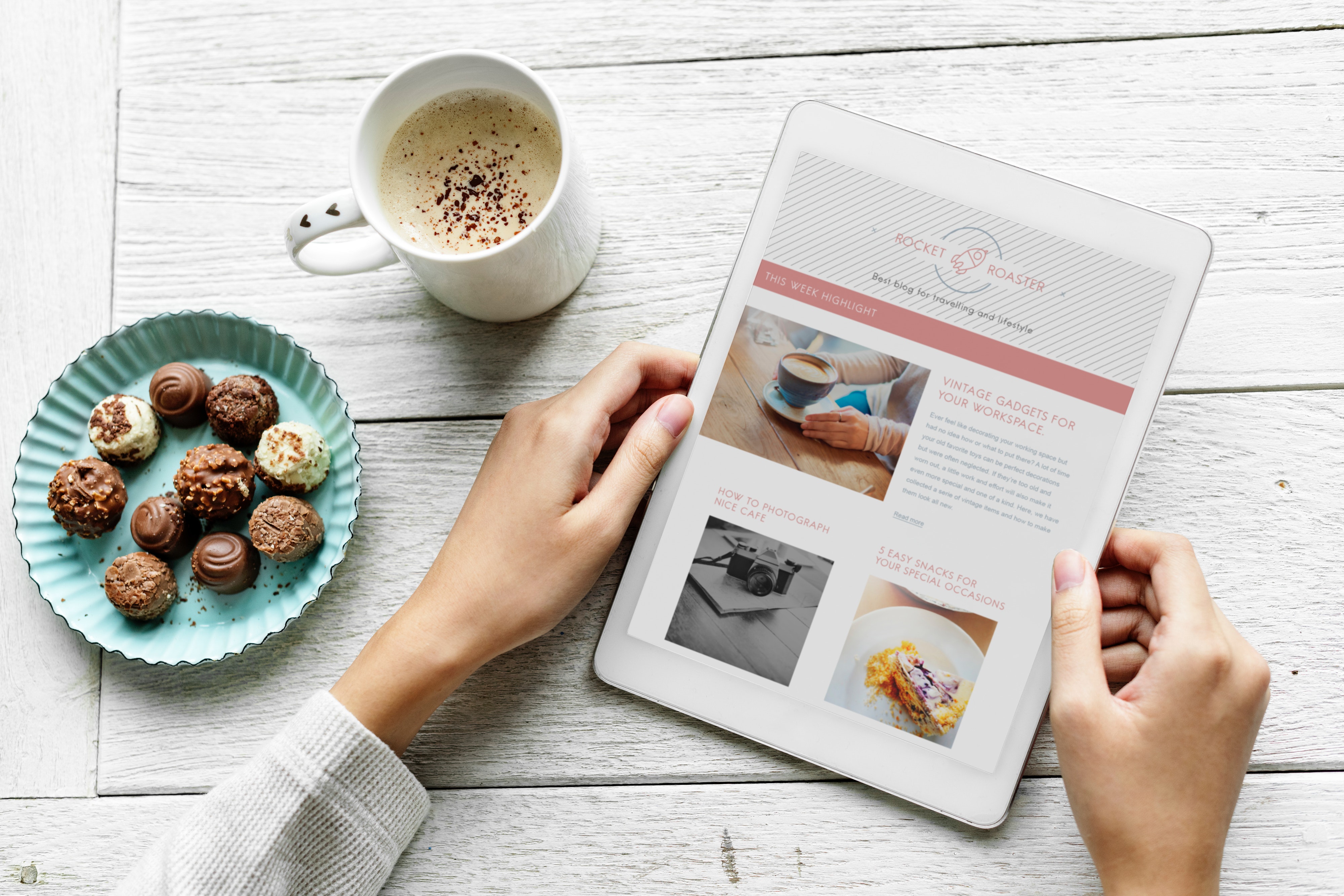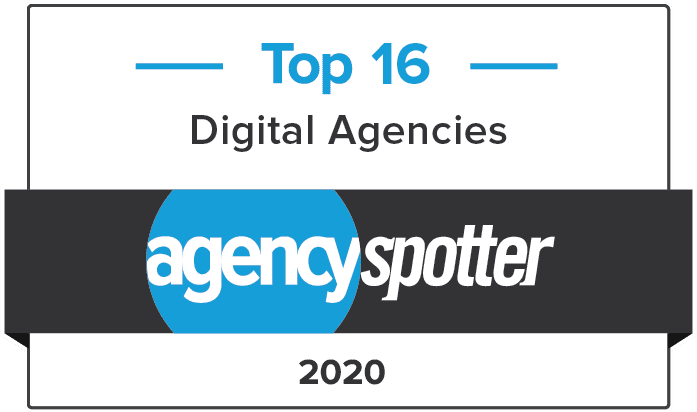
Owned Media Sweetens Your PR Plan
There’s nothing like a good food epiphany. From marshmallows and hot cocoa to BBQ sauce and chicken nuggets (or ranch on anything here in the Midwest, apparently), history is full of those “eureka” moments where two great tastes taste great together.
One of the most popular and enduring food pairings is peanut butter and chocolate. Reese’s even used the “two great tastes…” line for their classic commercial campaign decades back.
Take a trip to a candy aisle these days, though, and you’ll notice something: The classic P.B. and chocolate combo is getting some tweaks.
Reese’s is taking their typical cups to a new heights. “Peanut Butter Lovers,” where the chocolate cup is swapped for a peanut butter version. A paradise of peanut butter. The “Chocolate Lovers” cups let chocolate squeeze out all but the slightest amount of peanut butter center. In my opinion, this takes unmitigated gall! Then there are these Franken-cups that throw Reese’s Pieces into the mix just to throw you for a loop.
No, this isn’t a Food Network blog posted to the wrong website. Stay with me.
In the end, it’s all sugar. But product diversification appeals to varying tastes. And that means Reese’s is finding new audiences and fulfilling different needs.
Reese’s sliding scale of peanut butter and chocolate combinations is a good metaphor for another pair that continues to grow inextricably connected: marketing and public relations.
Managing the PESO Model
As digital increasingly dominates the worlds of advertising and awareness, the chocolate of marketing and the peanut butter of public relations continue to overlap. Using both, companies can take better control of their message, reach their audiences directly and get feedback almost instantaneously.
And while chocolate and peanut butter are both tasty, they’re uniquely different. Same with marketing and public relations. So how can a company make sure the unique, yet similar, needs and demands of marketing and PR become two great tastes that work great together?
Over the last couple years, the PESO model has become a useful tool for companies looking to get a handle on this relationship. And Gini Dietrich is one of the greatest banner-wavers on the subject. She’s a one-woman master course on how the PESO Model can help bring the worlds of public relations and marketing together.
From a 30,000-foot view, the PESO model combines four intersecting types of media:
- Paid media: Sponsored or advertorial content.
- Earned media: The traditional form of media relations. A reporter writes about your business or event.
- Shared media: Coverage from influencers and other relationship-driven content about your company.
- Owned media: The content you create about your own company.
At the center of these intersecting circles is one thing both marketers and public relations specialists look to bring their clients: authority.
When approaching the model from a PR perspective, each of these areas provide an effective tool.
- Paid media allows for a clear, unfettered message about your company—but at a price.
- Shared media builds trust through relationships and connects with new audiences that might be interested in your subject.
- Earned media is the bread and butter of traditional PR. Building trust through unbiased media coverage.
Which brings us to owned media. For many PR pros, owned media doesn’t seem to have much value. For marketing, it is a critical tool in establishing a company’s brand voice and customer experience. It’s also a well that you can draw from for other areas of the PESO model.
Dietrich writes:
“Without content, you don’t have anything to share on social media.” “Without content, you don’t have the search rankings you need…. You need to create content designed to appeal to your audience, but also the search engines and algorithms crawling for it.”
Why Owned Media in PR?
That’s all well and good for marketing. But how does this help public relations? Owned media is a great pool of content but that seems to be where owned media’s purpose ends—even for Dietrich.
Owned media can take on a broader role for savvy PR experts, though. A thoughtfully created and curated owned content library can reap rewards beyond the customer experience.
To go back to the Reese’s metaphor, most companies approach the PESO model with paid and earned content as their chocolate and peanut butter.
An approach with a heavy focus on paid media might appeal to those companies who want control over their messaging. And placing focus heavily on earned media might serve those companies looking for more audience trust.
But owned media is the Reese’s Pieces of the PESO model. Sure, they’re fine and tasty on their own. Add them to the cup, though, and they add a whole new layer to the candy experience.
That’s because owned media can offer benefits similar to paid and earned media. Take one of the most common forms of owned media: blog posts. A post written by a subject-matter expert provides unfettered messaging that otherwise comes with the cost of paid media. You wrote it, so no one is going to change your messaging. That’s a benefit you can only get with paid media otherwise.
Become a Resource for Journalists
Compelling content will have a greater chance of being shared. And consistent blog posts written by your subject-matter expert will help make that writer a resource for media relations efforts in earned media. That benefits your earned media strategy.
A well-organized blog containing posts that reflect the goals of your company can eventually become a library of resources for journalists covering your industry, featuring experts who can provide insight to relevant topics. More importantly, it becomes a hub for the core of your company, telling your story to your customers from a place of trusted expertise.
Best of all, you own the library. One that can tackle evergreen topics, which can be shared at a moment’s notice when trends or current events make them relevant. And, to belabor the Reese’s metaphor, owned media can be divvyed up to suit your needs: a Reese’s mini-sized piece of content for social media, or a Big Cup serving as annual reports or paid media pieces.
In the end, the PESO model, and each of its components, gets its strength from smart and strategic implementation. While it might be easy to see each tactical portion as an individual strategy, the PESO model requires over-arching strategy that takes a broader view and coordination.
But, being able to understand what each tactic offers, and how to apply them as needed to best meet unique audience needs, is worth the effort.
And it can make your marketing and public relations efforts sweet as candy.



